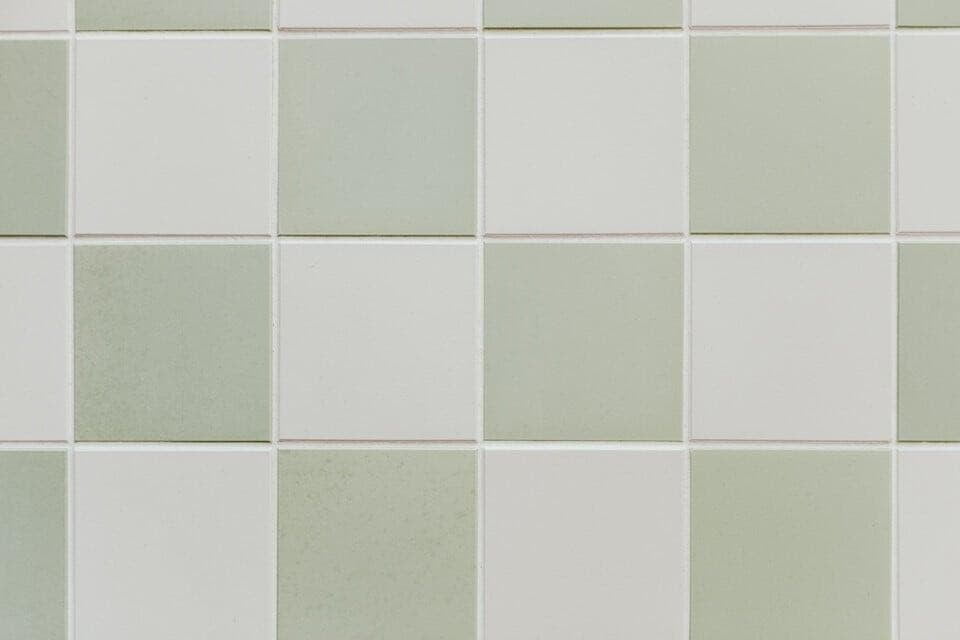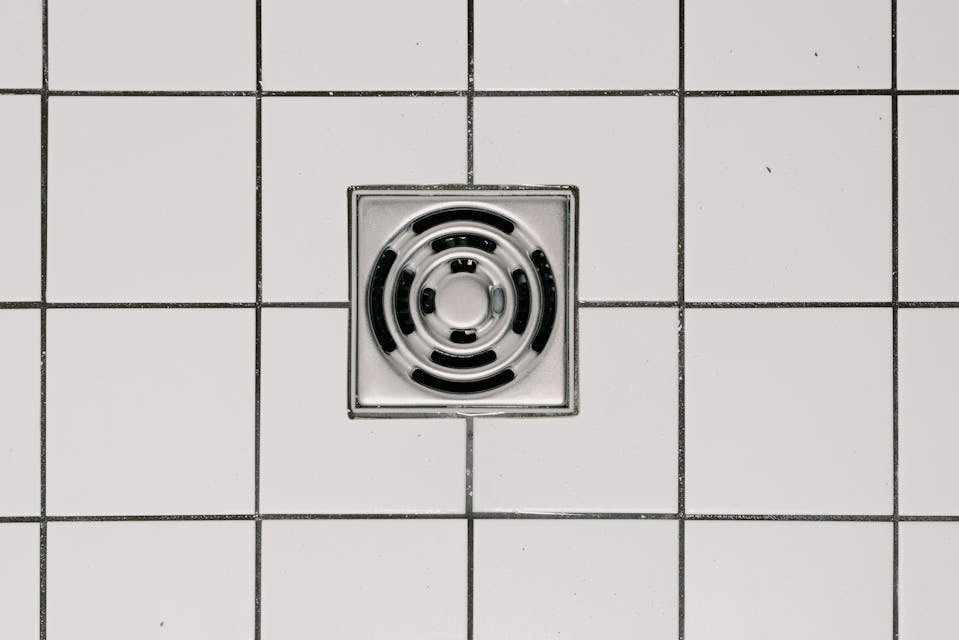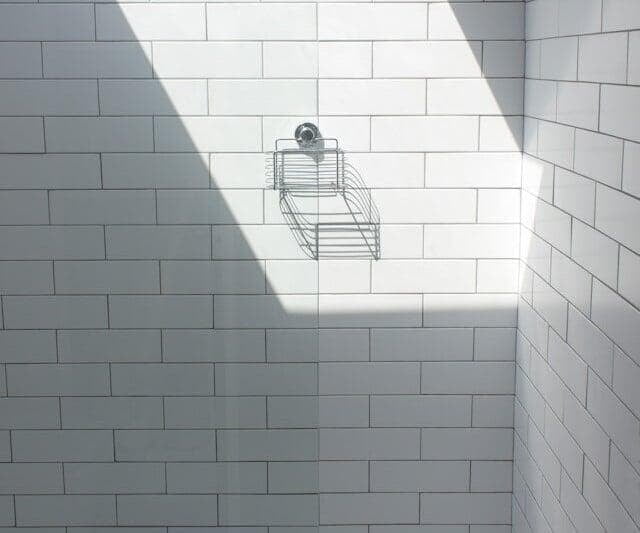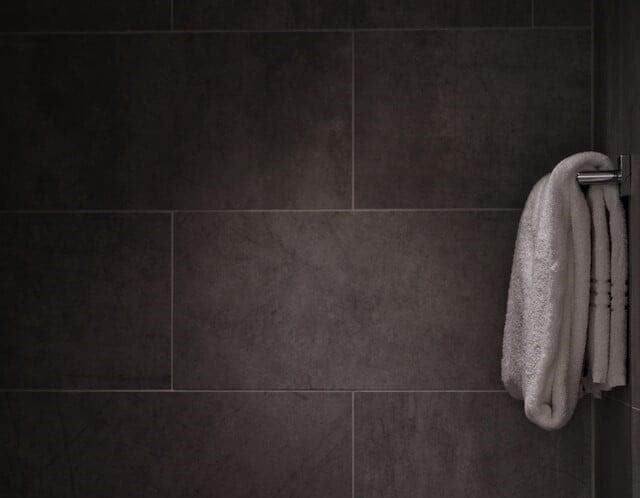
Grout lines are important in maintaining the integrity and appearance of tiled surfaces. These lines, filled with grout, prevent water and debris from seeping under tiles and ensure that the tiles remain securely in place. The thickness of grout lines significantly impacts both the look and the performance of a tiled surface. In this article, we will explore the various options for grout line thickness and which one to use for different applications.
Narrow Grout Lines (1/16 inch)
Narrow Grout Lines (1/16 inch)
Narrow grout lines are ideal for creating a seamless, modern appearance. They are typically used with precisely cut rectified tile, which have very uniform dimensions. Rectified tiles, often referred to as sharp edge tiles, are ceramic or porcelain tiles produced with a high level of precision in their manufacturing process.
These grout lines require unsanded or non-sanded grout to fill the small spaces without damaging the tiles. For more detailed information about the different types of grout, click here

- Often used in small tiles or mosaics to enhance the overall aesthetic without distraction.
- Gives a smooth, clean look that highlights the tiles rather than the grout lines.
- More difficult to install due to the need for precise spacing and alignment.
- Works best with small tiles or tiles with very straight edges.
- Perfect for achieving a modern, simple style in tile designs.
Standard Grout Lines (1/8 to 1/4 inch)
Standard Grout Lines (1/8 to 1/4 inch)
Standard grout lines are the most common grout thickness and are the most versatile option available. Suitable for a wide range of tile types and sizes, they provide a balanced look and can be filled with either sanded or unsanded grout, depending on the specific needs of the tiles.

- Easier to work with compared to narrower grout joints, making installation more straightforward.
- Accommodates high-performance cement grout or epoxy grout.
- Suitable for a wide range of tile sizes and designs, offering flexibility in style choices.
- Compatible with both sanded and unsanded grout.
Wide Grout Lines (3/8 inch or more)
Wide Grout Lines (3/8 inch or more)
Wide grout lines are often chosen for their rustic, traditional look. They work well with handmade or irregular tiles, where variations in tile size are more common. Sanded grout is typically used for these wider lines to ensure strength and durability.

- Ideal for handmade or uneven tiles, as the wider lines can accommodate variations in size and shape.
- Typically uses sanded grout, which provides better support and reduces the risk of cracking.
- Suitable for areas with high traffic or where extra durability is needed.
- More forgiving during installation as slight variations in tile size can be hidden by the wider joints
- Require regular maintenance and cleaning to prevent dirt and grime buildup.
What Determines the Grout Line Thickness Needed?
What Determines the Grout Line Thickness Needed?
- Tile Size and Shape
The size and shape of your tiles will determine the appropriate grout joint. Larger tiles generally require wider grout joints to accommodate slight size variations, while smaller tiles can have narrower grout lines for a seamless appearance.
- Tile Material
- Aesthetic Preferences
The material of your tiles affects the choice of grout. Delicate materials like glass and polished stone are best paired with unsanded grout to avoid scratching, while robust materials like ceramic and porcelain can handle sanded grout.
Your aesthetic preferences will guide your choice of grout lines. Narrow lines create a modern look, while wider lines suit traditional or rustic styles. Grout color also plays a role in the overall appearance, with matching colors creating a seamless effect and contrasting colors highlighting individual tiles.
- Location of Installation
The location of your tiling project also plays a role in choosing grout joint thickness. High traffic areas like hallways and entryways benefit from wider grout joints that can handle more wear and tear, while low-traffic areas like bathrooms may have narrower grout joints for a cleaner look.
- Maintenance and Durability
Consider the maintenance and durability of your grout when choosing the thickness. Wider lines are easier to clean and maintain, while narrow lines may require more frequent touch-ups or regrouting over time. Additionally, wider joints are better for heavy-duty applications like outdoor tiling.
Specific Grout Joint Size
Specific Grout Joint Size
Wide grout lines are often chosen for their rustic, traditional look. They work well with handmade or irregular tiles, where variations in tile size are more common. Sanded grout is typically used for these wider lines to ensure strength and durability.
Grout Thickness for Floor Tile
Grout Thickness for Floor Tile

Grout Thickness for Wall Tile
Grout Thickness for Wall Tile

Grout Thickness for Subway Tile
Grout Thickness for Subway Tile

Grout Thickness for 12x24 Tile or Larger Format Tile
Grout Thickness for 12x24 Tile or Larger Format Tile

Grout Thickness for Marble and Natural Stone Tile
Grout Thickness for Marble and Natural Stone Tile

FAQ
FAQ
What is the minimum thickness of grout line?
The minimum grout line thickness is typically 1/16 inch (approximately 1.5 mm). This size allows for proper grouting and ensures the space can be adequately filled. Grout lines smaller than this, such as 1/32 inch (approximately 0.8 mm), often referred to as "credit card lines" or "penny lines," are too narrow to be completely filled with grout, making them less practical for most installations.
Tile Grout Thickness in mm
- Narrow Grout Lines: 1-2 mm.
- Standard Grout Lines: 2-3 mm.
- Wide Grout Lines: 3-5 mm.
Should I Use a 1/8 or 1/16 Grout Line for Subway Tile?
The choice between a 1/8 inch or 1/16 inch grout line for subway tile depends on your design preference and the specific tiles you are using. A 1/16 inch grout line is ideal for achieving a traditional, seamless look that highlights the clean lines of subway tiles. It is also the standard minimum for proper installation. On the other hand, a 1/8 inch grout line can be used to create a more pronounced grid pattern, adding visual interest and accommodating tiles with slight size variations.
When Do You Need a Larger Grout Line?
A larger grout line is needed for tiles with uneven edges, such as handmade or rustic tiles, to accommodate size variations. It is also beneficial in high-traffic areas where durability is essential, and for outdoor tiling to handle expansion and contraction due to weather changes.
How to Prevent Sagging Between Tile Edges When Installing Grout?
There will always be some sag between tile edges due to grout shrinking as it cures. This is a normal part of the tiling process. To minimize sagging, ensure proper grout mixing and application. Use high-quality grout and follow manufacturer instructions carefully. Applying grout in small sections and allowing adequate drying time can also help.
Selecting the correct grout joint size is essential for ensuring the longevity and aesthetic appeal of your tiled surfaces. The right joint size accommodates variations in tile dimensions and provides sufficient support, reducing the risk of cracking or shifting. By carefully assessing the tile material, installation location, and desired aesthetic, you can determine the optimal grout joint size that balances both functionality and style for your project.
If you need assistance with tile installation and ensuring the proper grout joint application, our expert tile installer is here to help every step of the way. With years of experience, we guarantee a careful approach that ensures your tiles are not only perfectly laid but also that the grout is applied correctly for long-lasting results.
Please don't hesitate to reach out to us for a consultation or any questions you may have!

